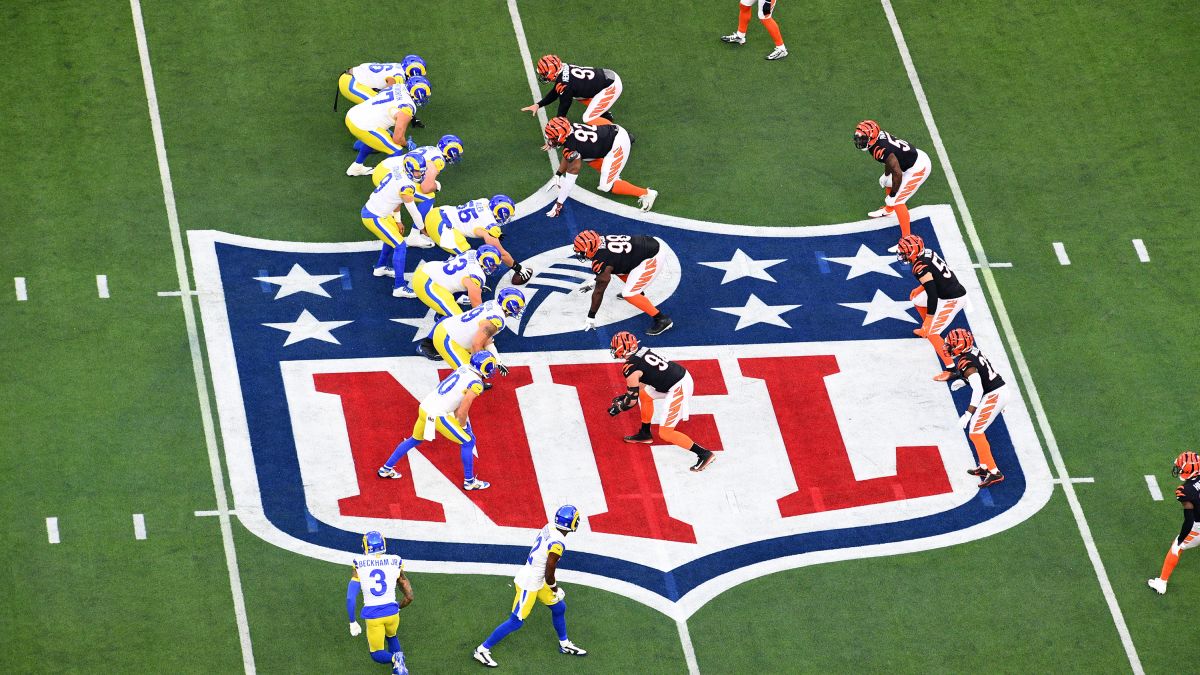Introduction:
For the casual viewer, football can often be a complex and confusing sport. The intricate plays, diverse positions, and numerous rules can make the NFL seem like a strategic puzzle. In this blog post, we’ll demystify the NFL’s playbook, breaking down the key rules and strategies that shape the game and contribute to its unique and thrilling nature.
The Basics: Understanding Positions and Formations
To comprehend the NFL’s playbook, it’s essential to grasp the basics. Each team consists of offensive and defensive units, with players assigned specific positions. Understanding the roles of quarterbacks, running backs, receivers, linemen, and defensive players is the first step. Formations, such as the shotgun, pistol, and various defensive setups, further add to the complexity.
The Clock and Downs: Time Management and Possession
The NFL operates on a strict game clock, divided into four quarters. Each team has a limited amount of time to score points. The concept of downs is crucial—teams have four attempts (downs) to advance the ball ten yards. If successful, they earn a new set of downs. If not, possession is turned over to the opposing team.
Scoring: Touchdowns, Field Goals, and Extra Points
Scoring in the NFL occurs through touchdowns, field goals, and extra points. A touchdown, worth six points, is scored when a player crosses the opponent’s goal line with possession of the ball. Field goals, worth three points, are kicked through the goalposts. Extra points, either one or two, are awarded after a touchdown, depending on whether the team opts for a kick or attempts to score from a closer distance.
Penalties: The Referee’s Whistle and Its Impact
Penalties are a crucial aspect of the NFL’s playbook. Whether it’s a false start, holding, or pass interference, infractions can have a significant impact on the game. Understanding the various penalties and their consequences is key to comprehending the ebb and flow of a match.
Offensive and Defensive Strategies: Unveiling the Playbook
NFL teams employ an extensive playbook, consisting of a myriad of offensive and defensive plays. To witness the execution of these intricate strategies firsthand and feel the electrifying atmosphere of a live game, exploring Dallas Cowboys game tickets is an unparalleled opportunity for any football enthusiast. Offensive strategies include running plays, passing plays, and trick plays designed to outsmart the opposing defense. Defensively, teams aim to stop the opposing offense, employing tactics such as blitzes, zone coverage, and man-to-man defense.
Two-Minute Drills and Overtime: Navigating Crunch Time
The end of each half often sees teams employing two-minute drills—fast-paced, strategic plays to score quickly. In the event of a tied game at the end of regulation, overtime ensues. Each team has a chance to possess the ball, attempting to score. If the first possession results in a touchdown, the game ends; otherwise, the opposing team gets a chance.
Conclusion:
Demystifying the NFL’s playbook allows fans to appreciate the complexity and strategy behind each game. Whether it’s understanding the intricacies of offensive and defensive plays or decoding the impact of penalties, a deeper comprehension of the rules adds a layer of enjoyment to the thrilling spectacle of NFL football.



